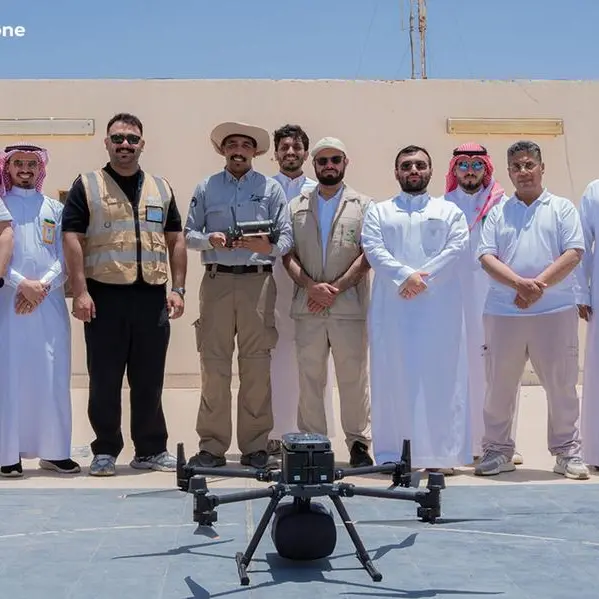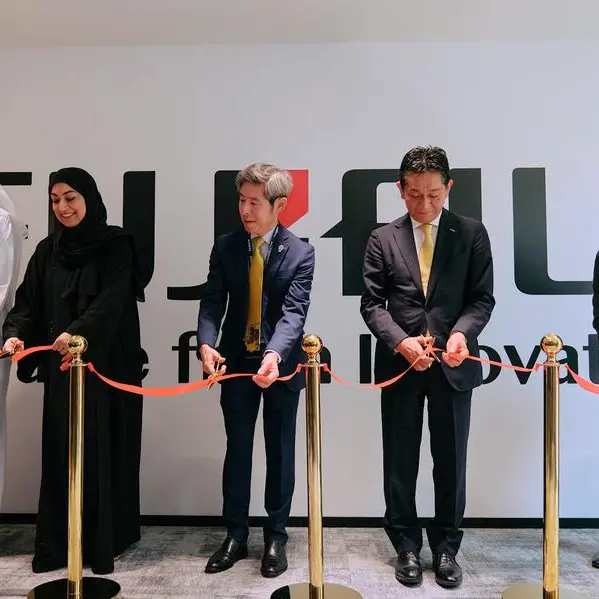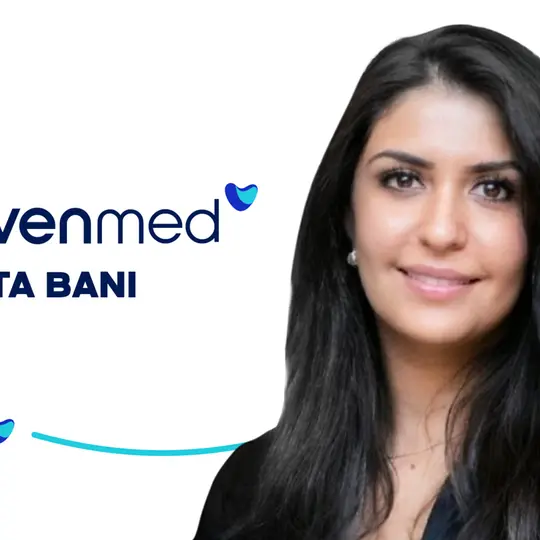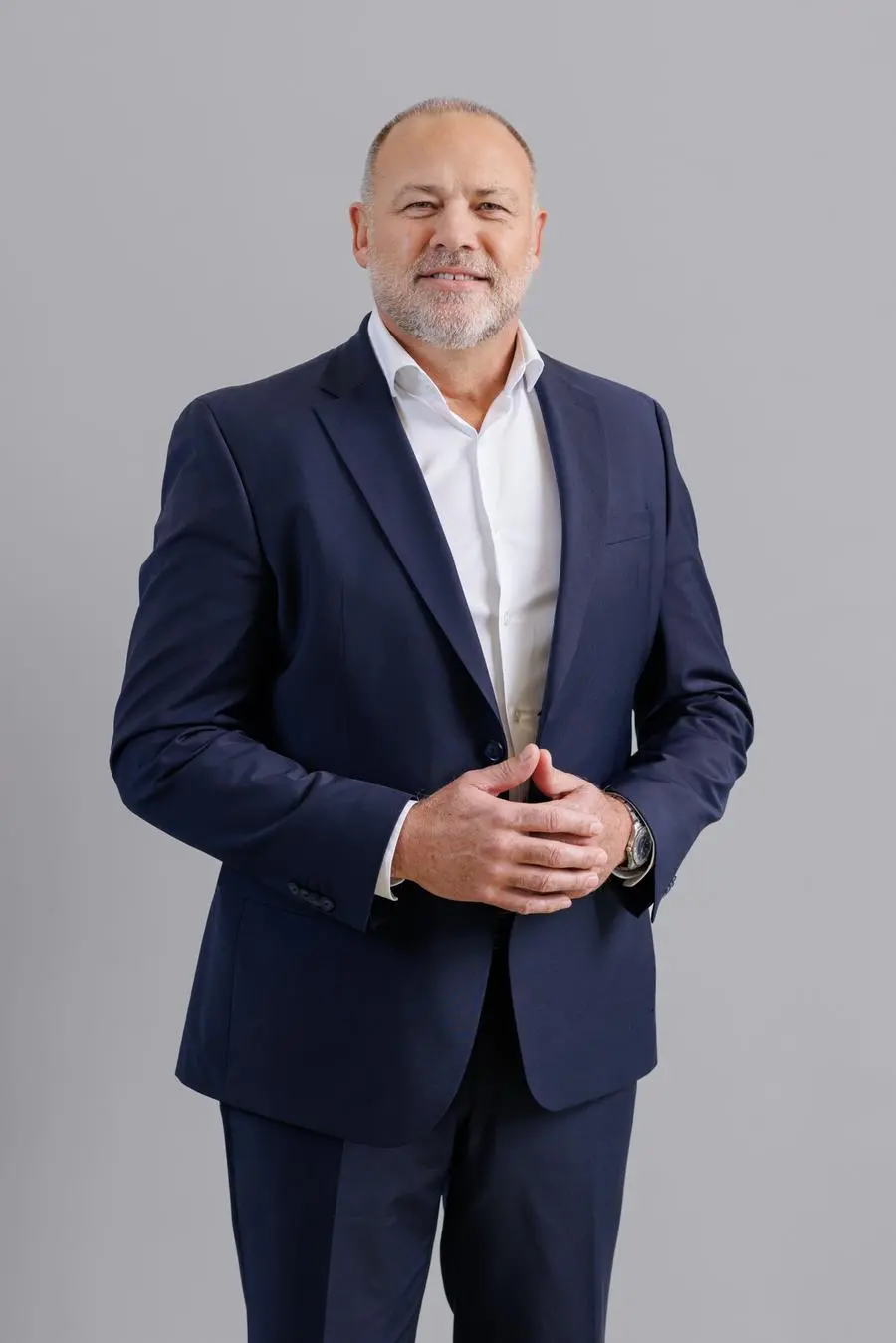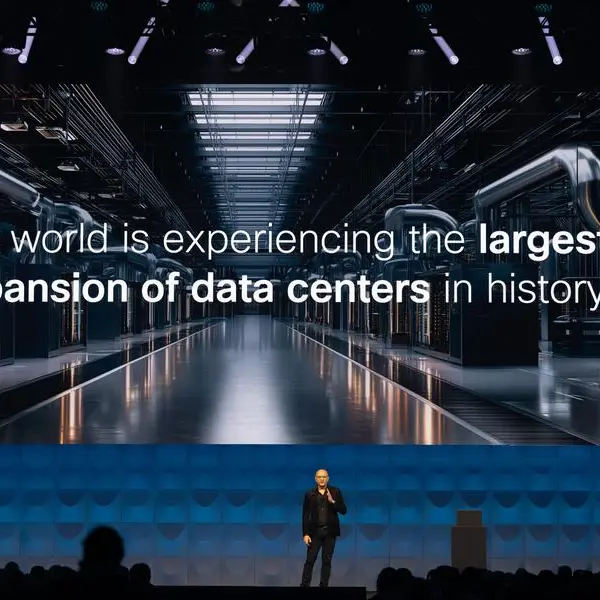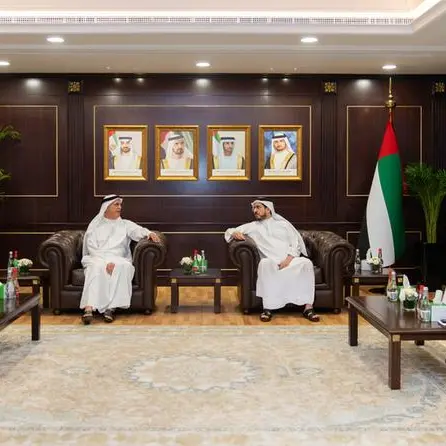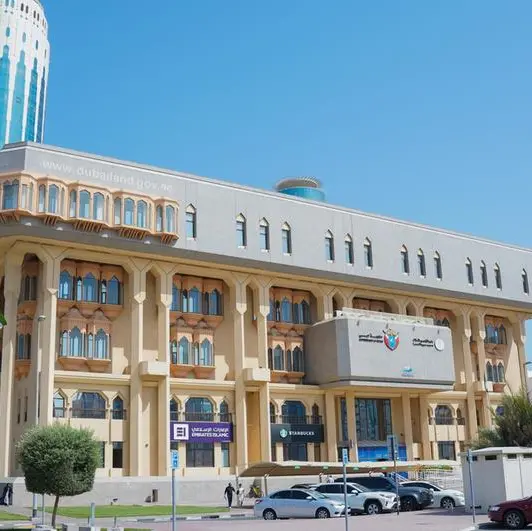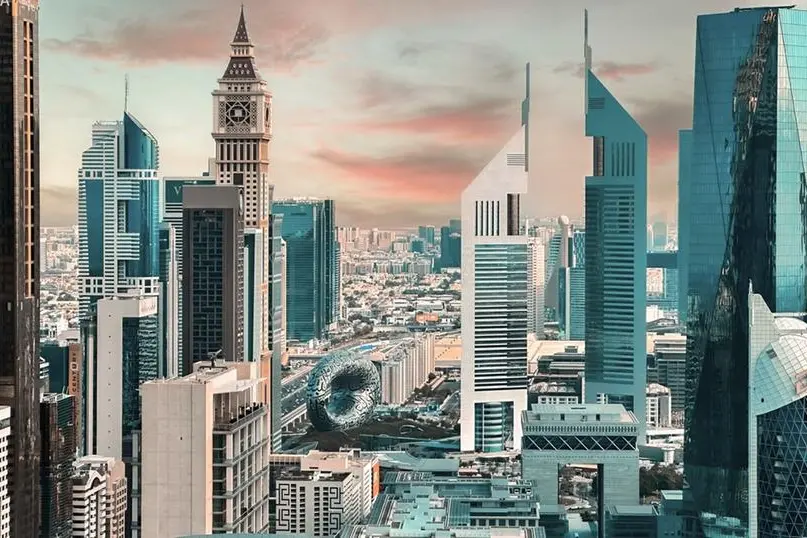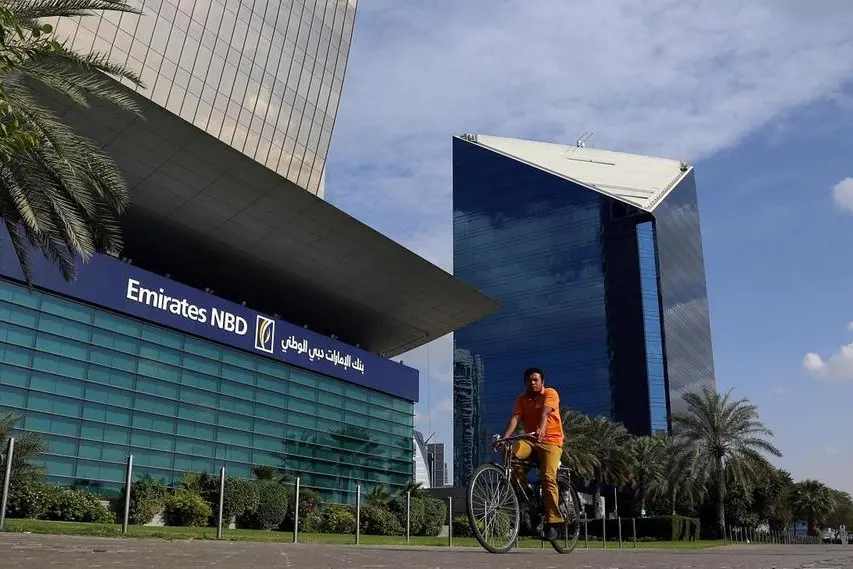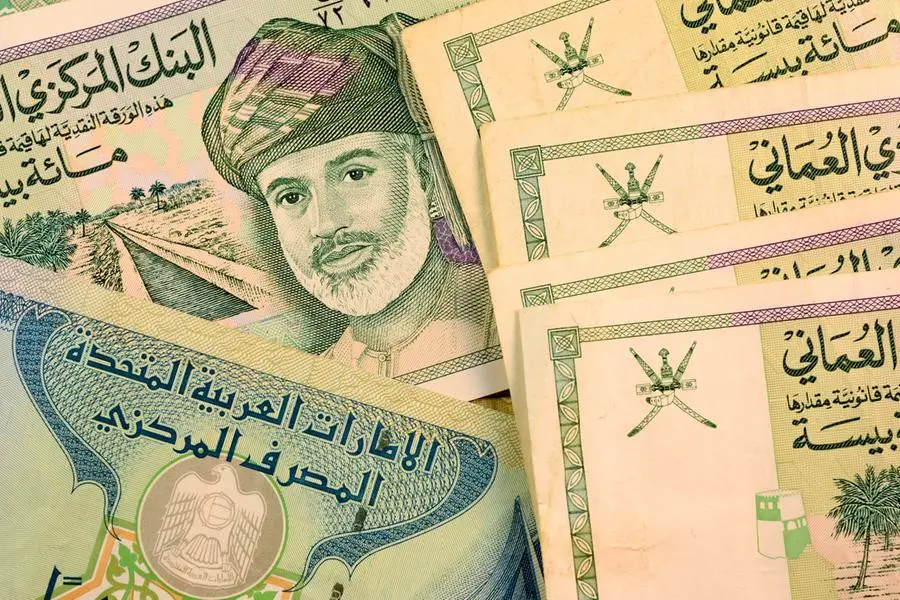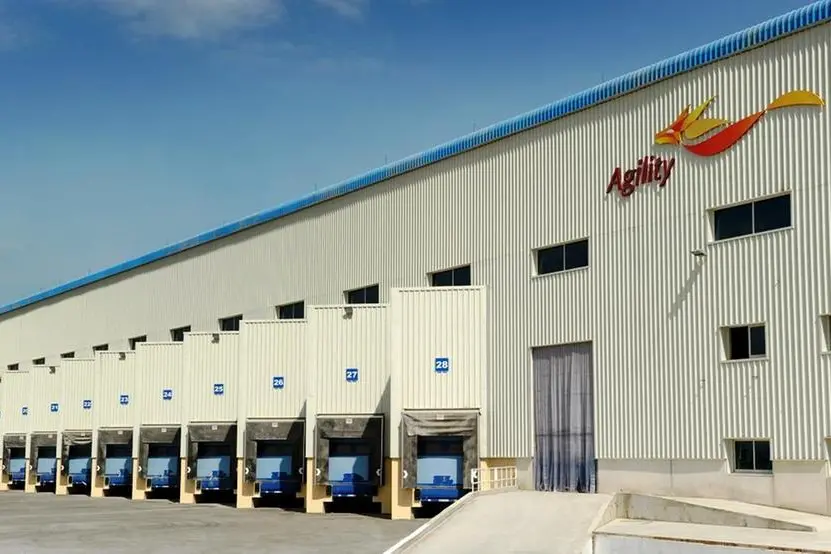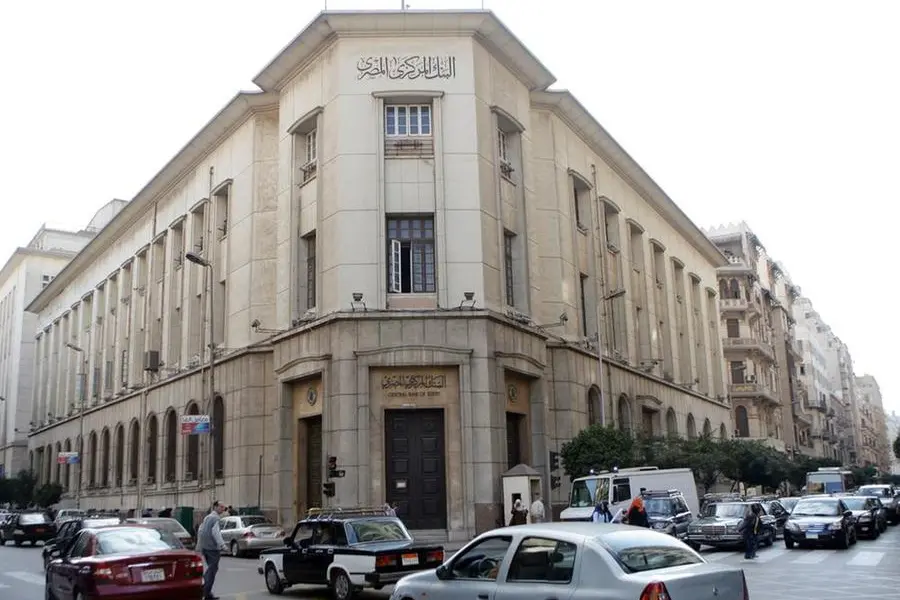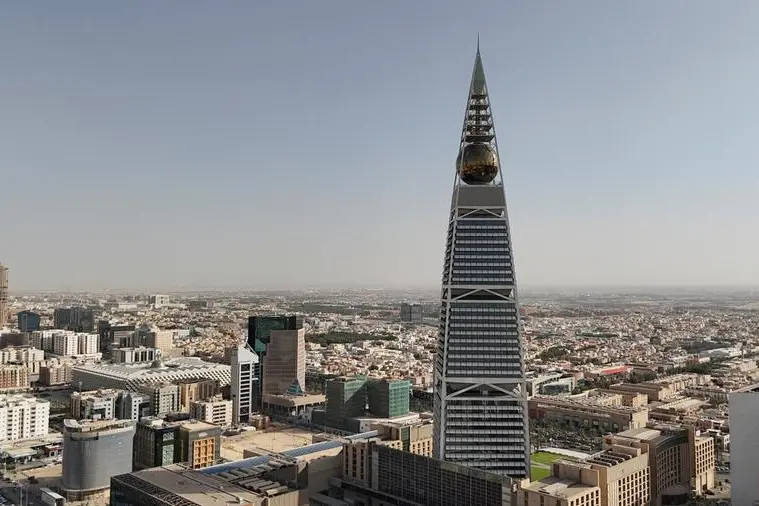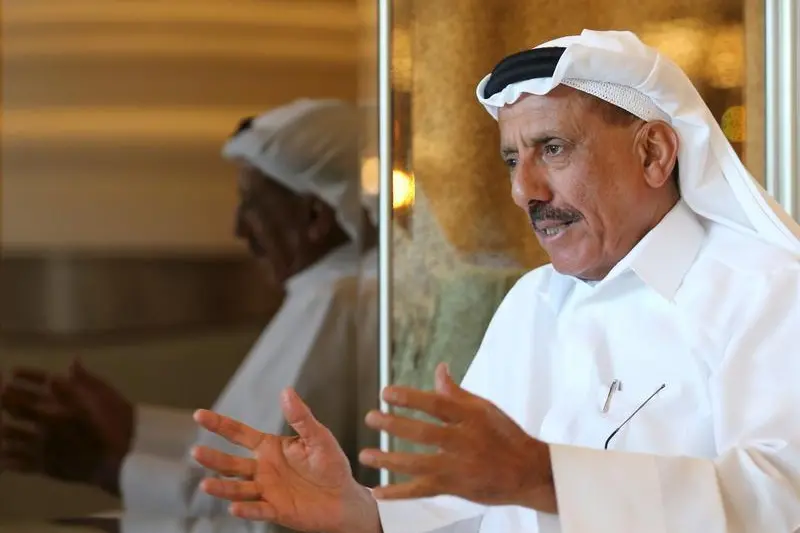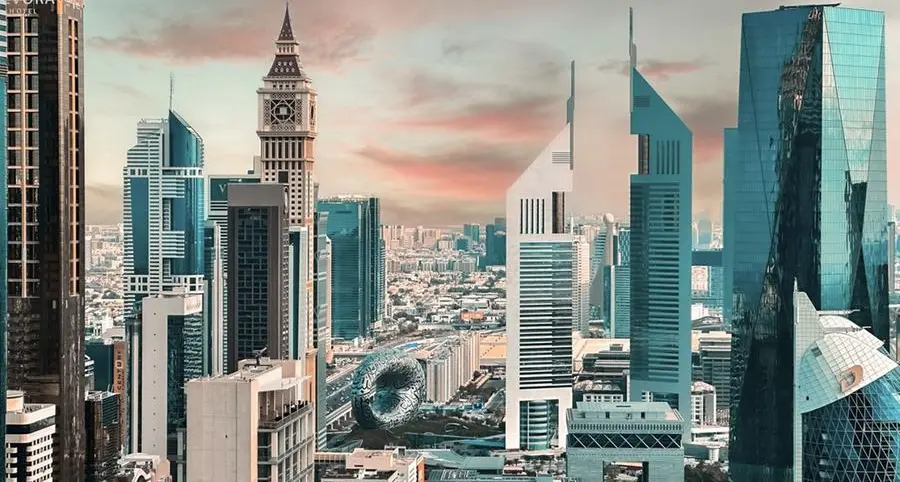- Globally, these technologies have the potential to add $1.5 trillion to the global economy by 2030
- PwC analysis demonstrates the potential for significant productivity, innovation and training for 23 million jobs globally and upward of 42,000 jobs in the UAE alone. The technology will benefit all industries, most notably in the healthcare and retail sectors in the UAE
Dubai, UAE: VR and AR are forecast to contribute $4.1 billion to the UAE economy, a 1% boost to GDP by 2030 according to a new report launched today by PwC Middle East. The majority of the contribution to the UAE economy will come from AR ($2.8 billion) with VR providing $1.3 billion. VR and AR will also have a significant impact on employment in the country, with PwC estimating that 0.6% of jobs (upward of 40,000 people) will be enhanced by 2030.
Ali Al Hosseini, Chief Digital Officer at PwC Middle East says: “The Middle East is at a crossroads today as it undergoes a once-in-a-lifetime transformation. Choosing the path of early technology adoption will have tremendous implications for business, society and the region’s economy as a whole. No place exemplifies this drive for innovation and openness to change better than the UAE. As AR and VR technology finally comes of age, we expect both to help boost the UAE’s economy in a significant way -- the technologies will improve how organisations in the country operate, make for a seamless transition to more effective processes, and most important of all -- educate people more effectively and generate incredible user experiences.”
Richard Boxshall, Senior Economist at PwC Middle East says: “AR and VR are transforming the world we live in and we have only seen a fraction of what is possible. In the UAE alone, these technologies could contribute over $4 billion to the local economy by 2030, equivalent to 1% of GDP. These revolutionary technologies can deliver experiences unlike any other and will make businesses thrive with the right adoption.”
VR and AR to add $1.5 trillion to the global economy by 2030
Globally, AR and VR are expected to contribute $1.5 trillion to the global economy by 2030 according to PwC research. This would provide a significant increase on the current contribution to global GDP of $46.4 billion. Out of the two technologies, AR will continue to provide the biggest benefits to global GDP through to 2030, accounting for $1 trillion of the $1.5 trillion overall.
The European economies of Finland ($7.8 billion), Germany ($103.6 billion) and the UK ($69.3 billion) that are forecast to see the biggest increases in percentage terms of GDP by 2030 with contributions of 2.64%, 2.46%, and 2.44% respectively. The UAE alone ($4.1 billion) will see a 0.95% increase.
Significant impact on the workplace expected
Globally, the impact of VR and AR on employment over the next decade will also be significant. Currently, fewer than a million jobs are impacted by VR and AR and this will rise to 23 million jobs by 2030, with the biggest impact felt first in large economies like China, the US, the UK and Germany.
VR and AR to benefit a wide range of industries
- The healthcare sector will provide a boost of $350.9 billion to global GDP by 2030 through utilising the new technologies. Last year, the UAE's Ministry of Health and Prevention (MoHAP) announced plans to introduce VR rehabilitation in physiotherapy for stroke patients, patients suffering from balance disorder and children with development disorders, cerebral palsy and Parkinson's syndrome.
- VR and AR are opening up new ways to improve the efficiency, productivity and accuracy of employees and processes, and will provide a $275.0 billion boost to global GDP by 2030. Engineers and technicians can be fed information such as repair diagrams in real-time using an AR interface, enabling them to quickly identify problems and conduct repairs and maintenance. In the logistics sector, smart glasses can display picking information for the worker, highlighting location and displaying product details and packing instructions.
- The use of VR and AR in development and training will provide a $294.2 billion boost to global GDP by 2030. One way in which this will be possible is that it will provide a way to train employees where it is not always practical, or safe, to do so in the real world. It will also save businesses time and money by recreating physical environments and scenarios digitally which can then be accessed simultaneously anywhere in the world and on different scales.
- The use of VR and AR in the retail and consumer sector will provide a $204 billion boost to global GDP by 2030. Adhering to its status as the ‘city of the future’, there are already a few examples of VR and AR applications in the UAE. We are already seeing the implementation of VR and AR in the UAE, with entities such as DEWA and Dubai Customs integrating these technologies to transform their customer and employee experiences.
- Product and service development will provide a $359.4 billion boost to global GDP by 2030 through VR and AR. The application of VR and AR technologies is revolutionising the design and manufacturing process - increasing efficiency and productivity, and improving the quality of products. For example, an official announcement was made by the Dubai Electricity and Water Authority (DEWA) MD & CEO, HE Saeed Mohammed Al Tayer, stating that DEWA now uses smart helmets and goggles so that engineers and technicians remain in quick contact with one another to conduct repairs.
- Ends -
- This study is based on PwC’s global report and provides a scenario of the impact VR and AR technology could have on the global economy by 2030, if uptake and the quality of products and services available develop as expected. For each use case identified as likely to have a significant impact on the global economy, a range of sources and techniques to estimate their productivity impact were used. Existing research on their adoption and associated productivity increases, forecasts ABI Research, and PwC economic analysis was drawn on to estimate productivity change that could occur with each use case. The figures presented are in 2019 prices. Further information on the methodology can be found in the report. http://pwc.com/me/seeing-is-believing-ar-vr-uae
About PwC
At PwC, our purpose is to build trust in society and solve important problems. We’re a network of firms in 157 countries with more than 276,000 people who are committed to delivering quality in assurance, advisory and tax services. Find out more and tell us what matters to you by visiting us at www.pwc.com/m1.
Established in the Middle East for 40 years, PwC has 22 offices across 12 countries in the region with around 5,200 people. ( www.pwc.com/me ).
PwC refers to the PwC network and/or one or more of its member firms, each of which is a separate legal entity. Please see www.pwc.com/structure for further details.
© 2020 PwC. All rights reserved
Rasha Adi
PwC | Middle East PR Lead
Office: +971 (0) 4 515 7397 | Mobile: +971 (0) 56 682 0550
Email: rasha.adi@pwc.com
PricewaterhouseCoopers
Emaar Square | Building 4, Level 8 | PO Box 11987 | Dubai, UAE
Disclaimer: The contents of this press release was provided from an external third party provider. This website is not responsible for, and does not control, such external content. This content is provided on an “as is” and “as available” basis and has not been edited in any way. Neither this website nor our affiliates guarantee the accuracy of or endorse the views or opinions expressed in this press release.
The press release is provided for informational purposes only. The content does not provide tax, legal or investment advice or opinion regarding the suitability, value or profitability of any particular security, portfolio or investment strategy. Neither this website nor our affiliates shall be liable for any errors or inaccuracies in the content, or for any actions taken by you in reliance thereon. You expressly agree that your use of the information within this article is at your sole risk.
To the fullest extent permitted by applicable law, this website, its parent company, its subsidiaries, its affiliates and the respective shareholders, directors, officers, employees, agents, advertisers, content providers and licensors will not be liable (jointly or severally) to you for any direct, indirect, consequential, special, incidental, punitive or exemplary damages, including without limitation, lost profits, lost savings and lost revenues, whether in negligence, tort, contract or any other theory of liability, even if the parties have been advised of the possibility or could have foreseen any such damages.
